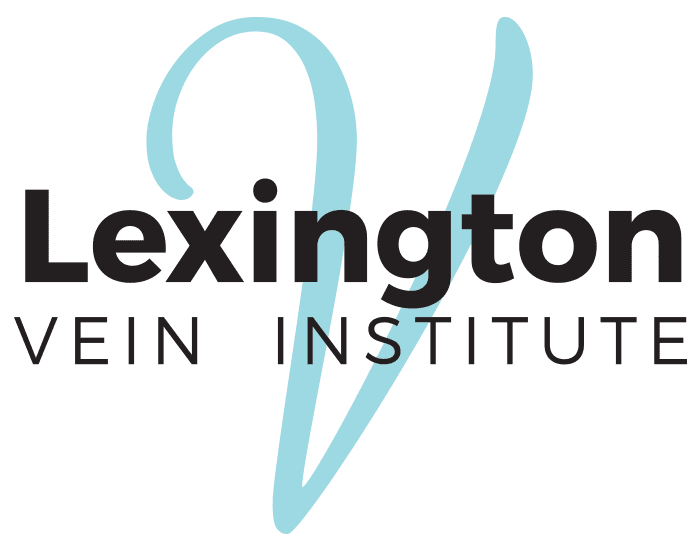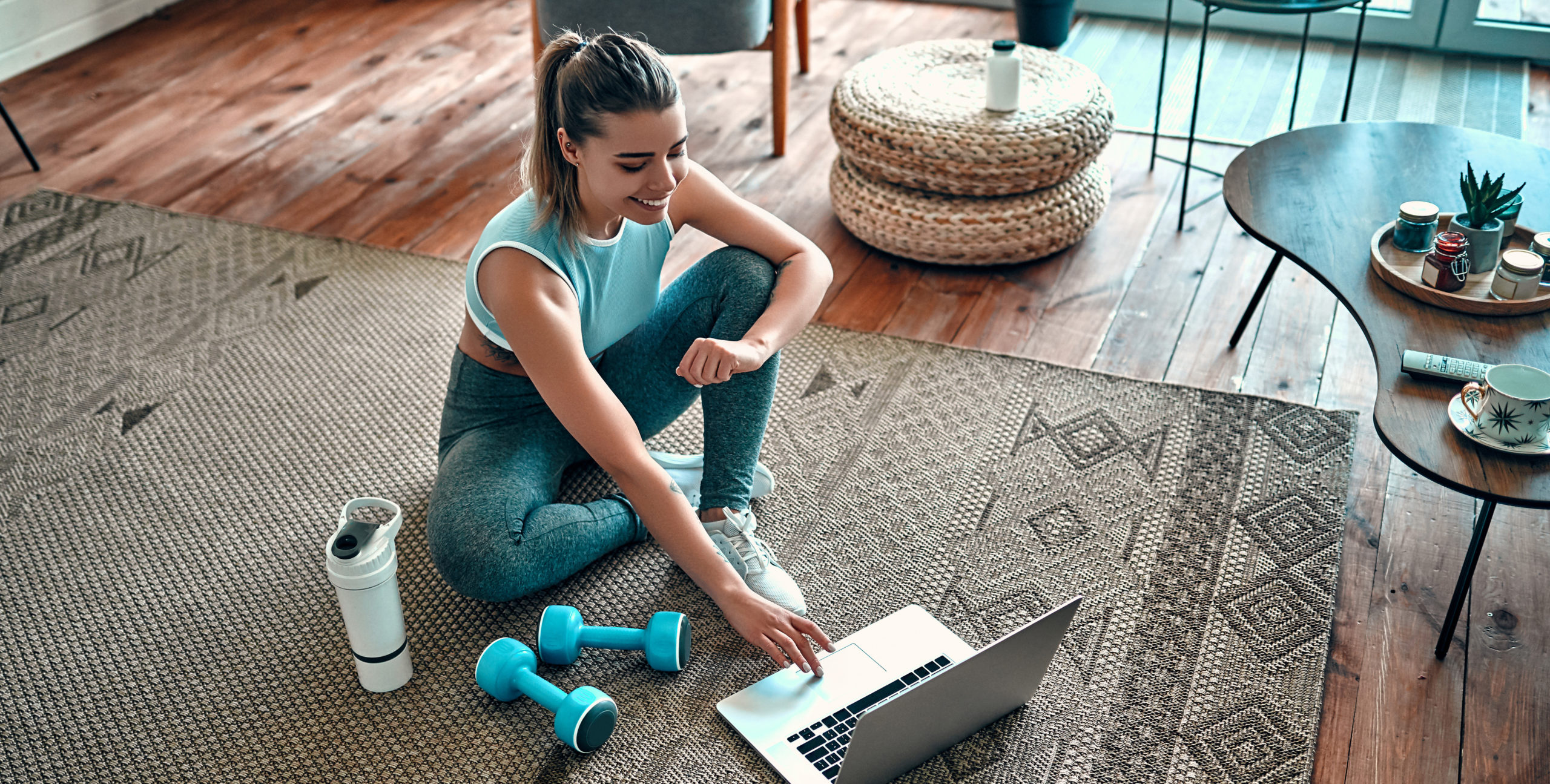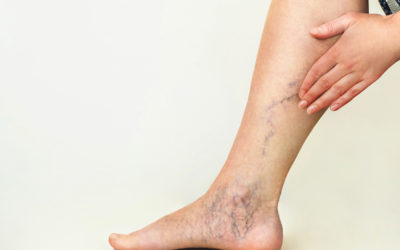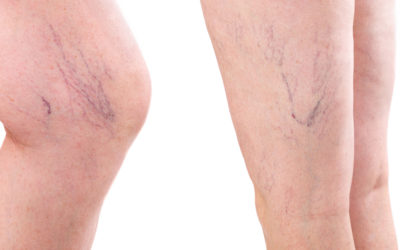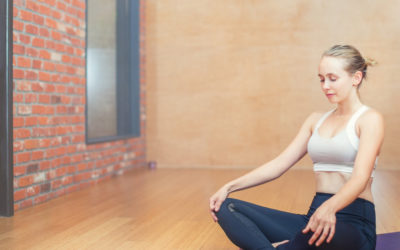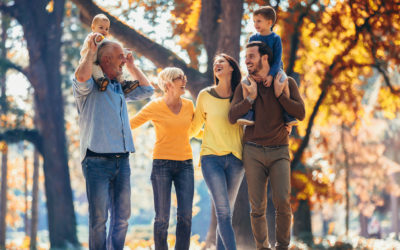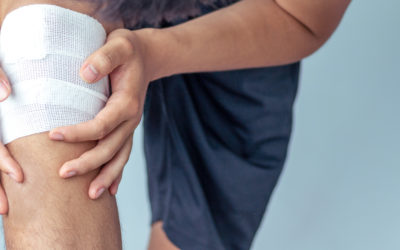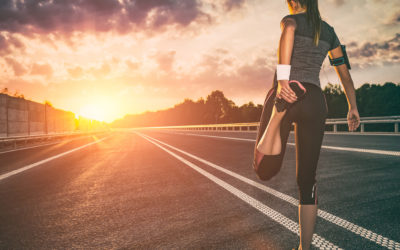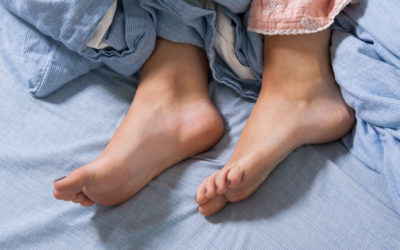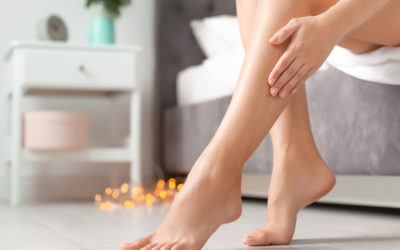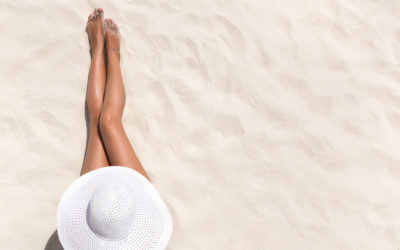Are your hands or feet consistently cold, even in warm weather? Are your fingertips and toes numb at odd times? There are many signs of poor circulation. Bad circulation could be a sign of a greater health problem.
If you have poor circulation symptoms like cold, numb hands and feet, and dry skin, you should consult a doctor. In the meantime, there are things you can do at home to improve circulation. Read about them here.
Start Walking
One of the easiest methods for improving circulation is walking. Any amount of walking a day goes a long way to improve circulation. Walking is also a great exercise.
Aside from circulation improvement, walking improves your mood and helps you meet weight loss goals. While you don’t think about it as you would hitting the gym, you shouldn’t turn your nose up at it either.
Walking should be a part of your everyday life. It used to be. Americans used to walk everywhere in their small towns. Now with sedentary lifestyles, Americans walk so much less.
You can go on dedicated walks in beautiful locations like a park or a trail, or you can start walking rather than driving. Need a loaf of bread from the corner store? Don’t bother with the car.
Quit Smoking
If you’re a smoker, you hear it every time you go to the doctor. Quit smoking, they say. Smoking kills. It causes all kinds of cancer, emphysema, and COPD. They show you those pictures of smoker’s lungs that look like worn-out catcher’s mitts.
You know it’s all true, and yet, you keep smoking. What you may not know is that smoking also decreases your circulation. Smoking constricts your blood vessels making it harder for your blood to move to your extremities.
Smoking puts you at risk for blood clots and Deep Vein Thrombosis. If you want to know how to improve your circulation, kicking the smoking habit is the best place to start.
Hydrate
Doctors recommend eight glasses of water a day. Yes, there’s water in soda and coffee, but those don’t count. Those contain caffeine, a diuretic, that will dehydrate you.
Drinking enough water is one of the easiest methods for improving circulation. Like all of the ways to improve circulation, this one has added benefits. Proper hydration keeps your organs functioning, your mood even, and your sleep deeper.
Stretch
Some people who practice yoga swear by it. It seems to come up in every conversation. Sore back? You should do yoga. Blotchy skin? Yoga. Trouble focusing? Yoga. You swear these people think yoga can cure anything.
They’re not all wrong. There are so many health benefits to yoga or a stretching routine. Yoga benefits your cardiovascular system and improves your metabolism. It relieves pain and regulates your mood.
It also works on your veins to help improve your circulation. Yoga doesn’t need to be a lifestyle. Adding a few stretches to your daily routine can work wonders for your circulation.
Improve Circulation to Improve Your Life
If you notice your hands and feet go cold, or that your skin flakes, you suffer from poor circulation. Poor circulation is a symptom of many different underlying health issues, so it’s best to consult with a doctor.
To improve circulation, make sure you get in some physical activity. Drink enough water, and quit smoking!
The doctors at Lexington Vein Institute can assess your circulation issues. Contact us today for an appointment.
